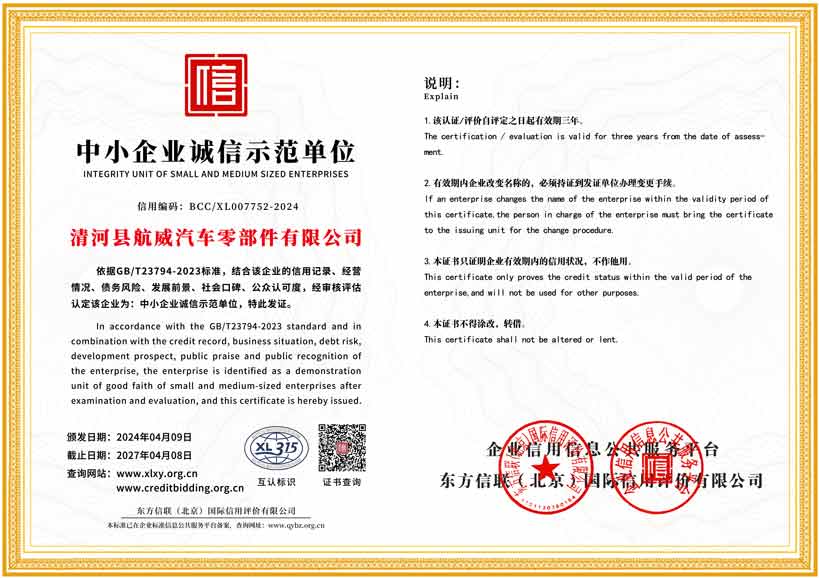mower throttle cable
Understanding Mower Throttle Cables Function, Maintenance, and Replacement
When it comes to maintaining your lawn mower, understanding the components that make it work efficiently is essential. One such critical component is the throttle cable. This relatively simple yet important part plays a significant role in managing the engine's speed and performance. In this article, we’ll explore the function of the mower throttle cable, maintenance tips, and how to recognize when it’s time for a replacement.
What is a Throttle Cable?
The throttle cable is a flexible wire that connects the throttle control lever (usually located on the handle of a mower) to the throttle plate on the engine. When you push or pull the throttle control, the cable pulls or pushes the throttle plate, allowing more or less air and fuel to enter the engine. This action regulates the mower's speed, enabling you to control how fast or slow it runs depending on the mowing condition or your preference.
How Does It Work?
The mechanism is straightforward when you engage the throttle lever, it causes the cable to move, which, in turn, alters the position of the throttle plate in the carburetor or fuel injection system. By opening the throttle plate, you allow more air into the engine, increasing its RPM (Revolutions Per Minute) and power output, making it suitable for tackling thicker grass or more challenging terrains. Conversely, closing the throttle reduces the engine's speed, which is handy for delicate mowing tasks or when navigating close to obstacles.
Maintenance Tips
Maintaining the throttle cable is essential to ensure optimal performance and longevity. Here are some essential maintenance tips
1. Regular Inspection Periodically check the throttle cable for any signs of wear or damage. Look for fraying, corrosion, or kinks that may prevent it from moving smoothly. If you notice any issues, it may be time for a replacement.
2. Lubrication A well-lubricated throttle cable can improve its performance. Use a suitable lubricant to ensure smooth movement. Avoid over-lubrication, as excess lubricant can attract dirt and debris.
mower throttle cable

3. Cleaning Dirt and grass clippings can accumulate around the throttle control and cable. Clean the area to prevent interference with the cable's movement. A clean cable operates more effectively and reduces the risk of premature wear.
4. Tension Adjustment Ensure that the throttle cable maintains proper tension. If the cable is too loose, it may not respond adequately to the throttle control. Consult the mower's manual for specific adjustment instructions.
Signs that It's Time for a Replacement
Despite the best maintenance efforts, there may come a time when the throttle cable needs replacing. Here are some signs to watch out for
1. Unresponsive Throttle If you notice that the engine does not respond correctly when you adjust the throttle lever, this could indicate a cable issue. The mower may either rev too low or too high, which is a clear signal for inspection.
2. Sticking or Jamming A throttle cable that gets stuck or doesn’t return to its resting position can hinder your mowing efficiency and pose a safety risk.
3. Visible Damage Inspect for any physical damage such as fraying or severe wear. If the cable is visibly damaged, it's wise to replace it immediately to prevent further complications.
Conclusion
The throttle cable is a fundamental part of your lawn mower, influencing its performance and your overall mowing experience. By understanding how it works and conducting regular maintenance, you can ensure your mower operates efficiently. Remember to inspect for any signs of wear and replace the throttle cable when necessary. With proper care, your lawn mower can continue to provide reliable service for many seasons, helping you maintain that perfect lawn with ease.
-
Workings of Clutch Pipe and Hose SystemsNewsJun.04,2025
-
The Inner Workings of Hand Brake Cable SystemsNewsJun.04,2025
-
The Secrets of Throttle and Accelerator CablesNewsJun.04,2025
-
The Hidden Lifeline of Your Transmission Gear Shift CablesNewsJun.04,2025
-
Demystifying Gear Cables and Shift LinkagesNewsJun.04,2025
-
Decoding Clutch Line Systems A Comprehensive GuideNewsJun.04,2025
